Eighty years span several lifetimes in car terms, so it’s little surprise that in mechanical terms there’s really little in common between the Willys MB – the first vehicle we now recognise as a Jeep – and the latest Jeep Wrangler. They’re different machines from different eras, built by different companies for very different purposes.
There is, however, an undeniable link between the two. It’s the shared guiding ethos that both are designed to offer: freedom. A very American sort of freedom at that, the sort best served with fireworks, cheerleaders, chants of ‘U-S-A! U-S-A!’ and a side of cheese-smothered freedom fries.
The past 18 months or so have given us all a new appreciation of freedom and the ability to go where we want when we want. I reflect on that from behind the thin steering wheel of the MB. This is the first jeep, from a time when that moniker was a nickname rather than a brand with a capital ‘J’. It’s a vehicle designed to go anywhere, and by modern standards it’s startlingly minimalist: the dashboard is stripped to its essentials, there’s no roof or seatbelts and a haggard fabric strap merely hints at side protection without offering any.

Still, once you’ve mastered the vagaries of starting it (heel on brake, toe pushing accelerator, stretch under the dash for the ignition button) and received a thorough workout wrestling for gears using the long-throw stick, it’s easy to see why the MB was a seminal vehicle for military use – and why it was so quickly embraced by civilians.
This is stripped-back, raw freedom in motoring form. At speed, the MB is disarmingly easy and fun to drive, enjoyably open to the elements and still feeling as rugged and indestructible as it did 80 years ago. You feel it could still tackle the roughest of off-road tracks without breaking a sweat.

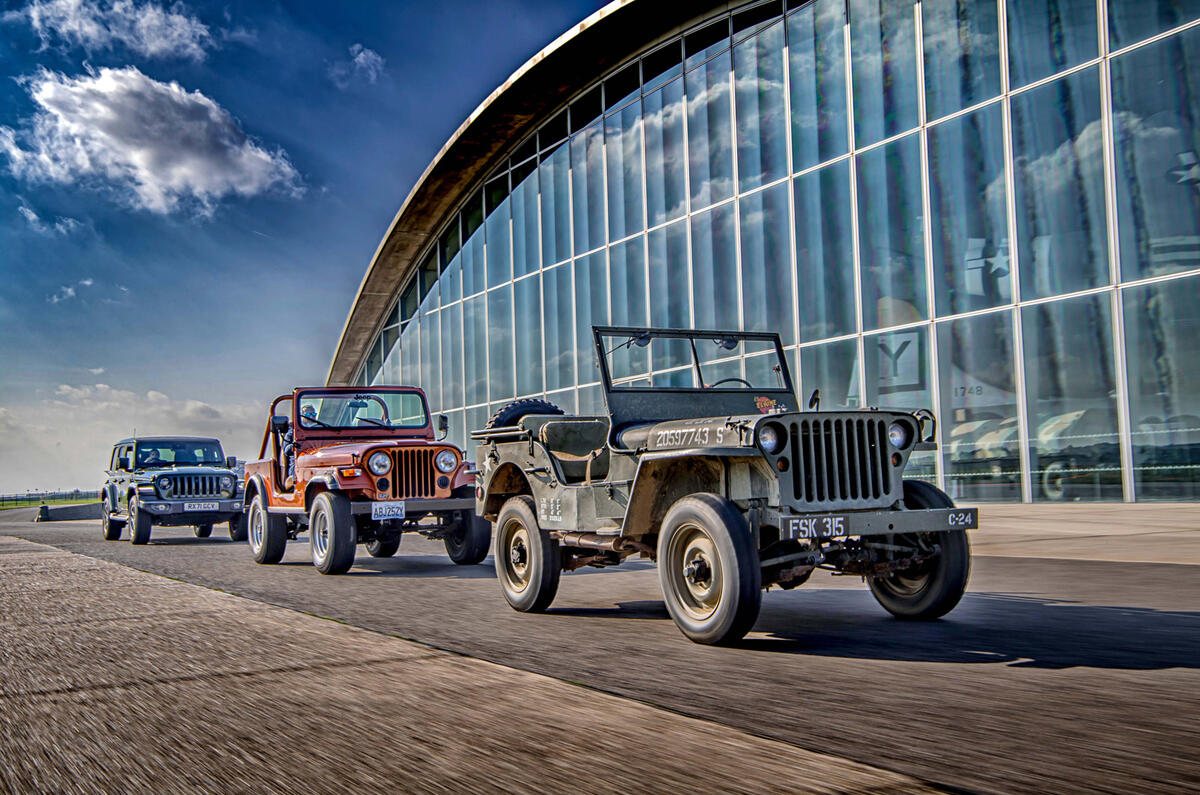

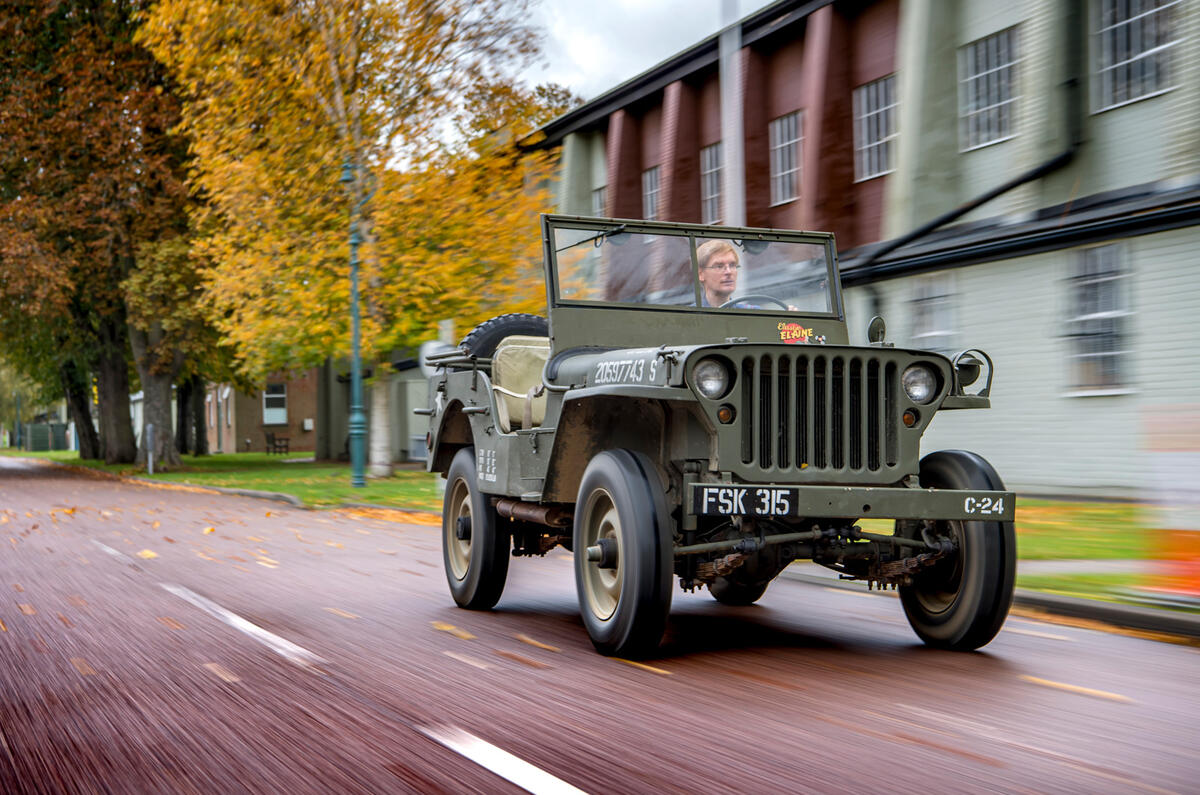

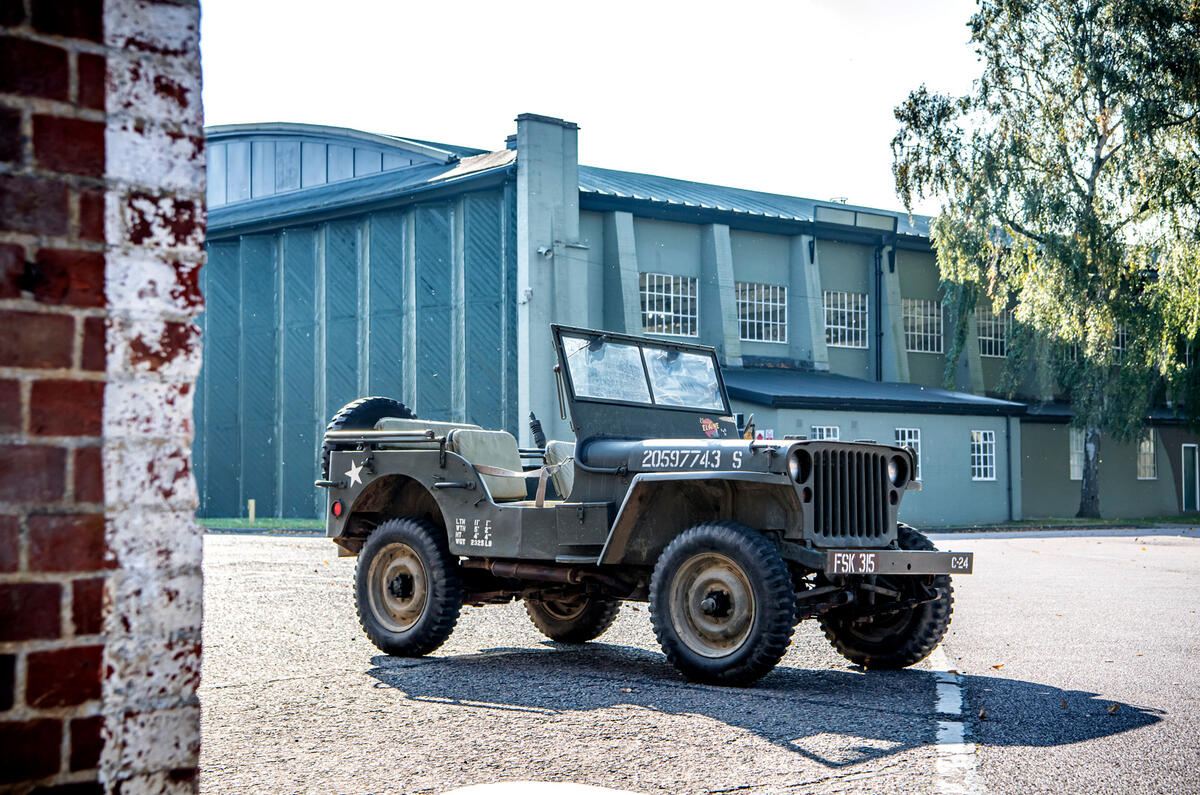

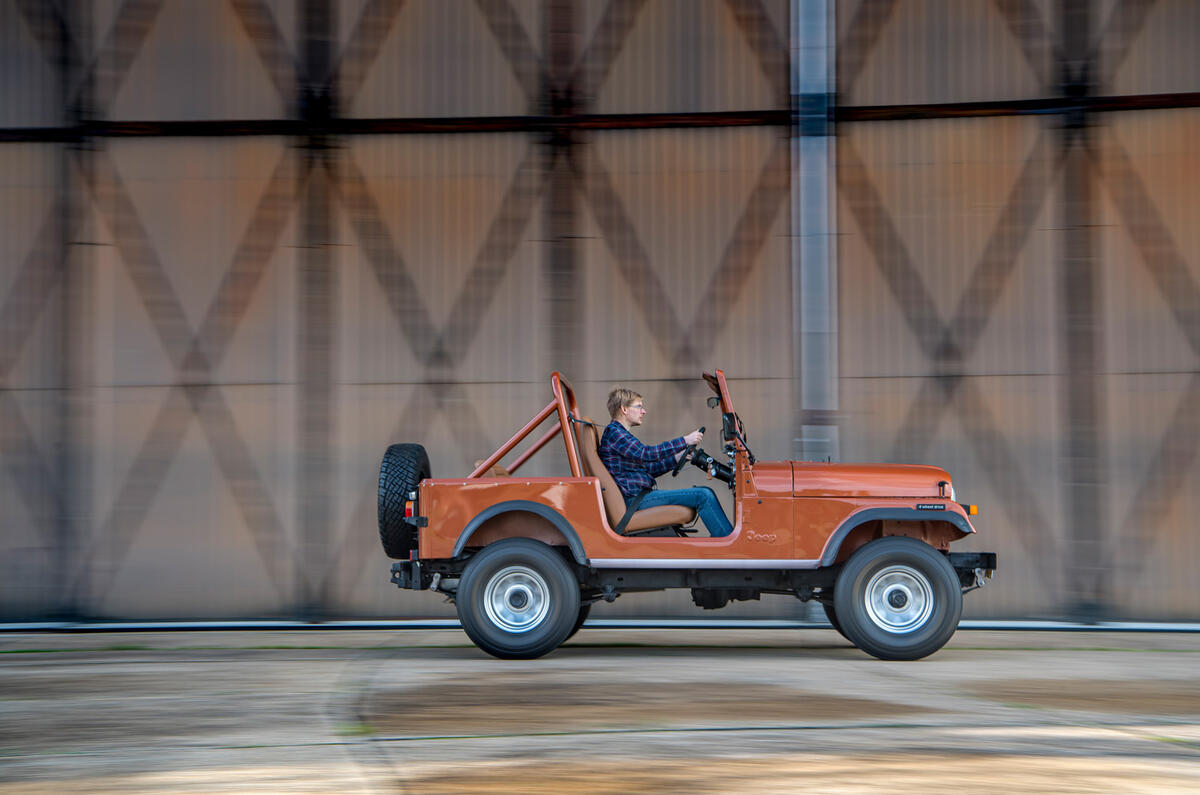
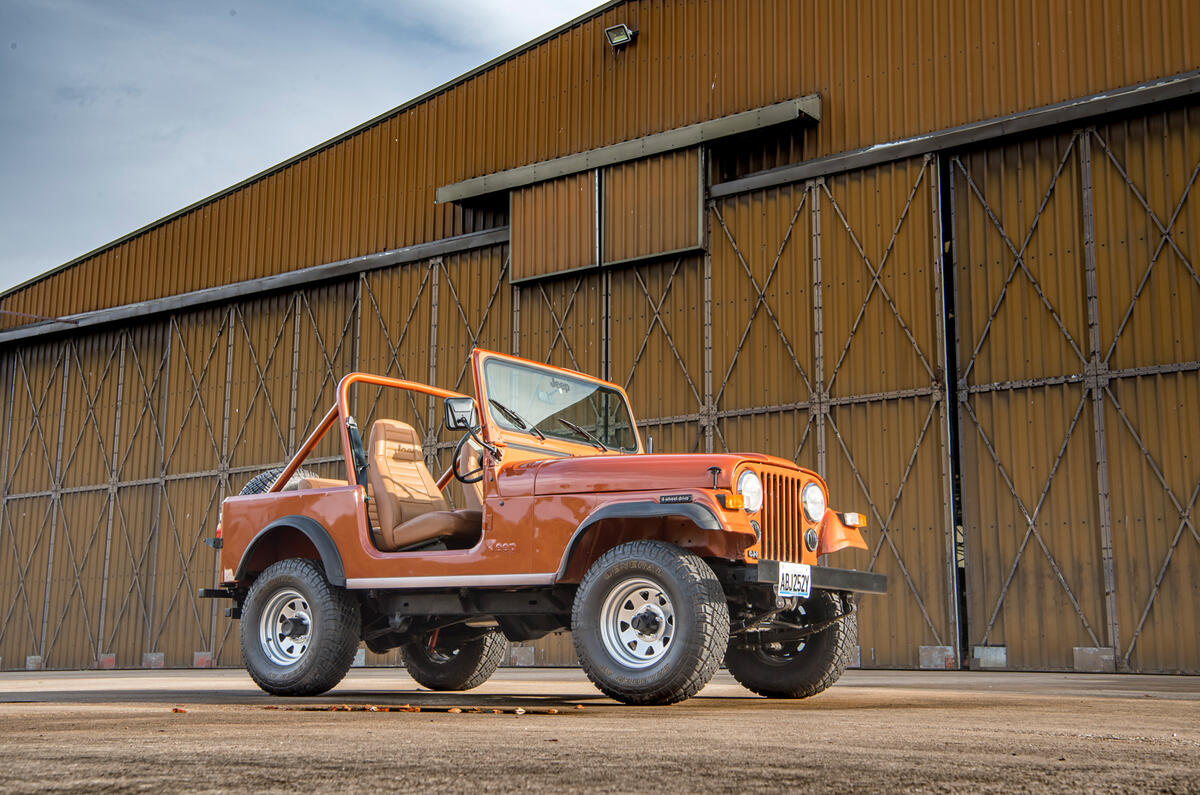

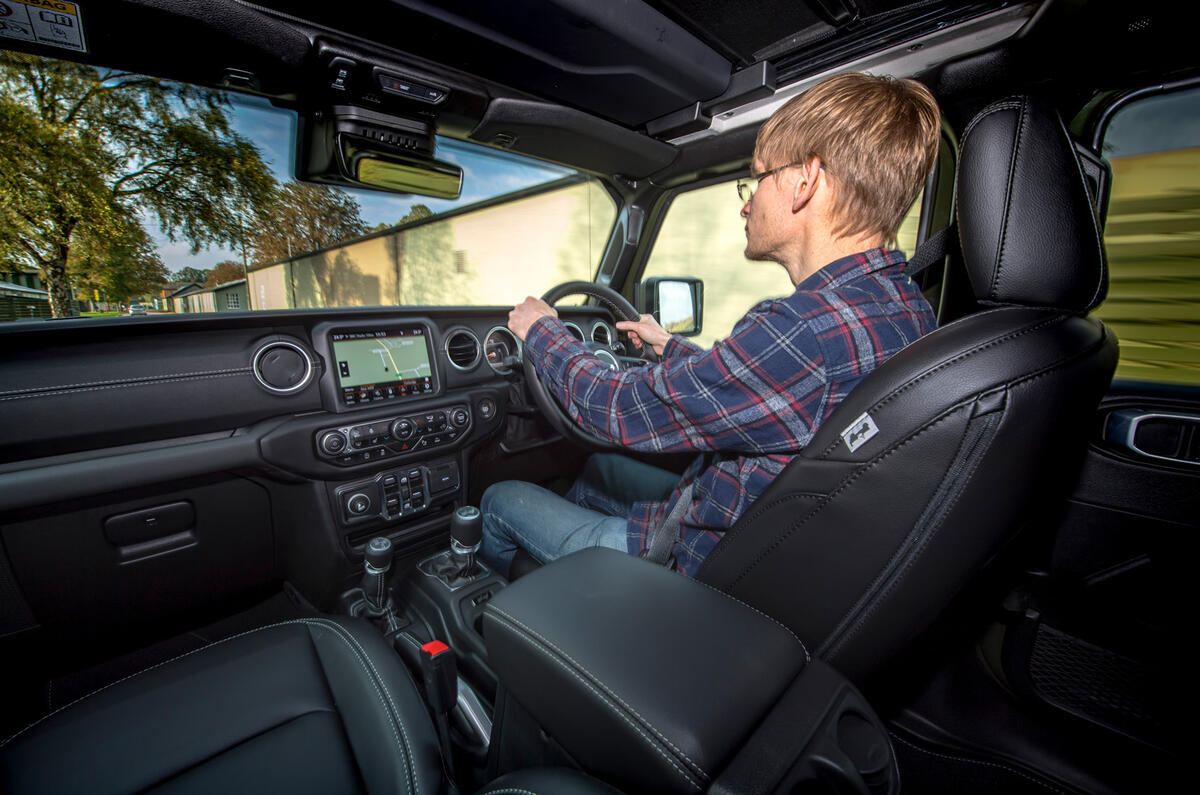
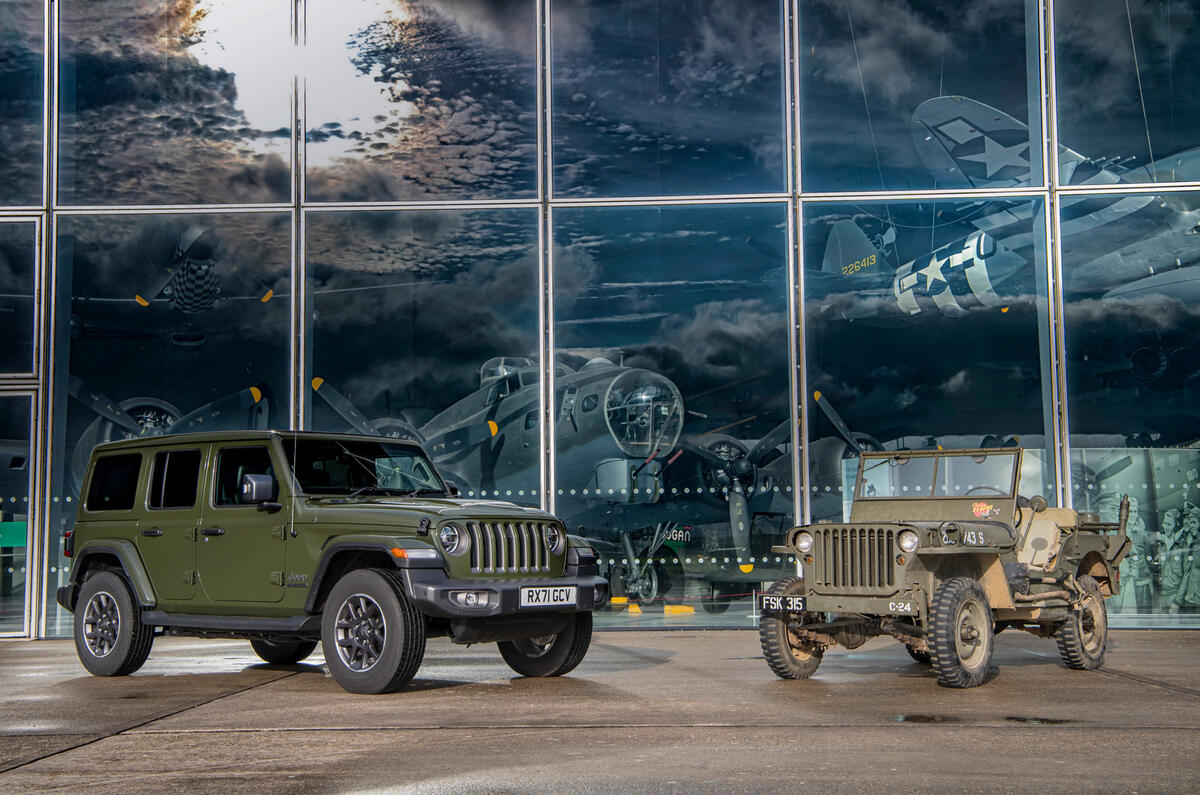
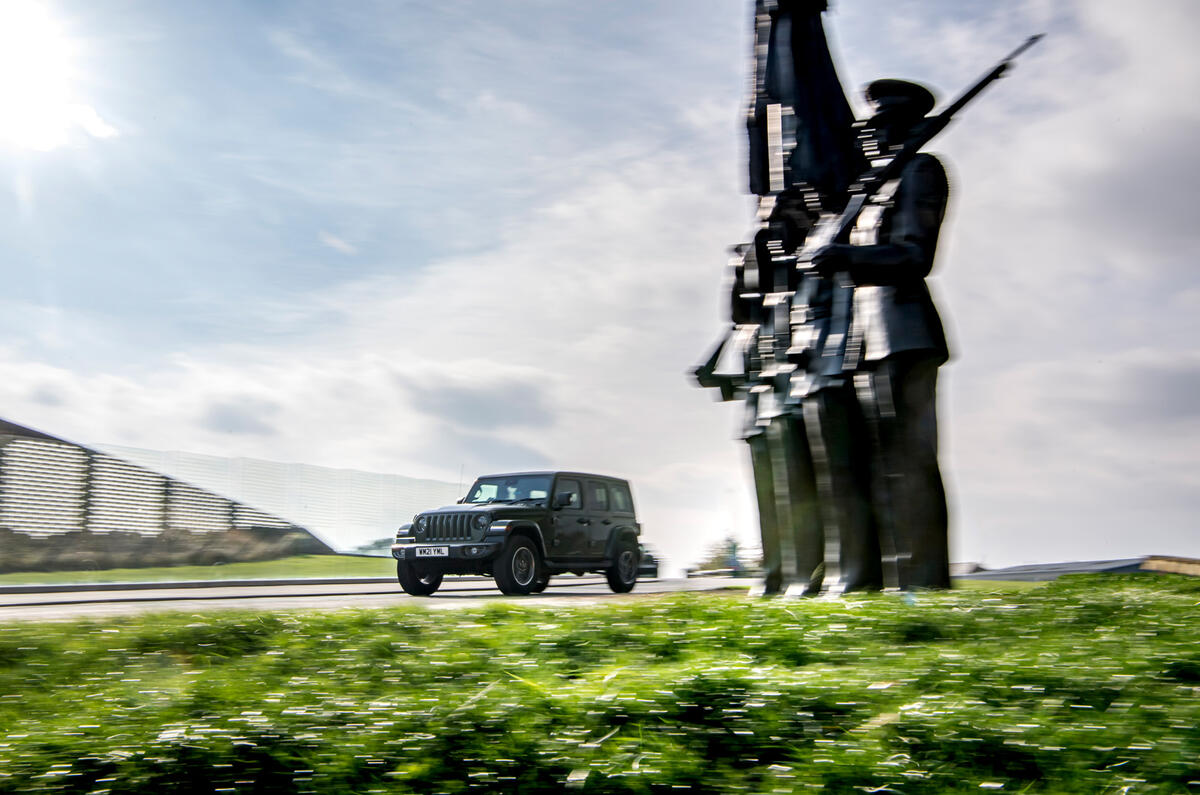
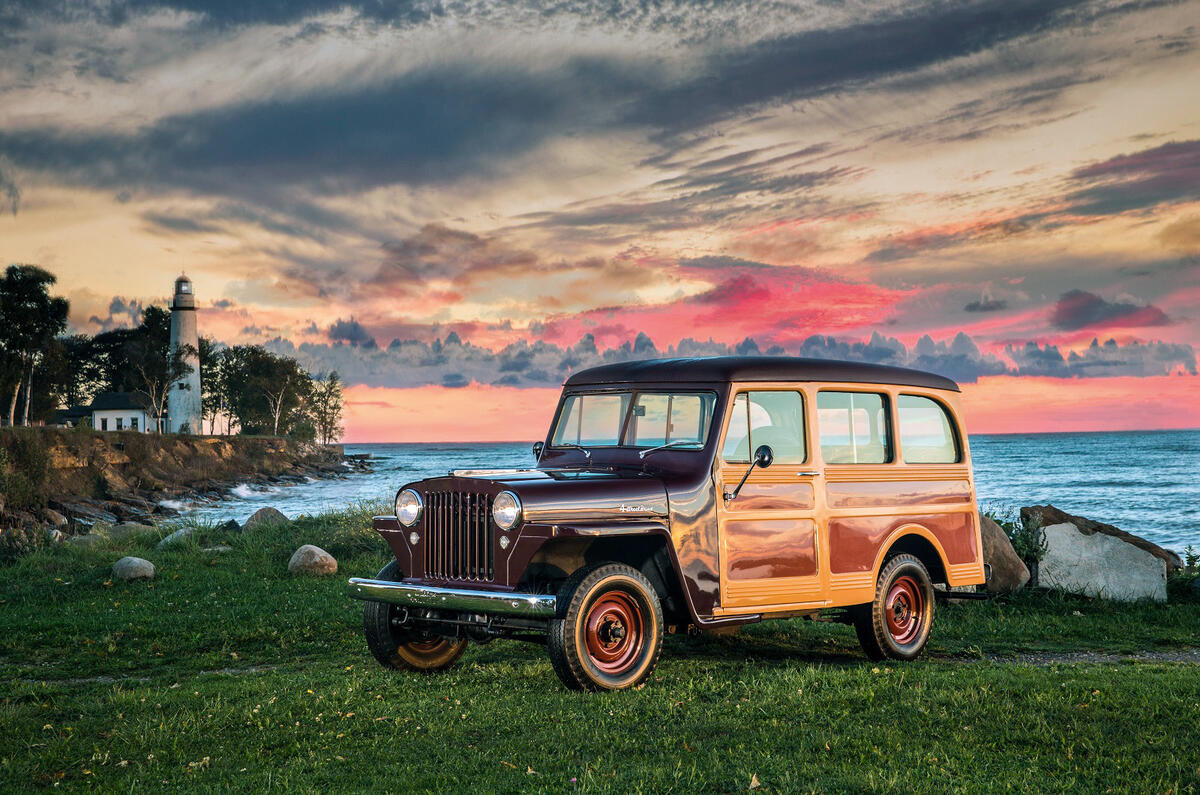
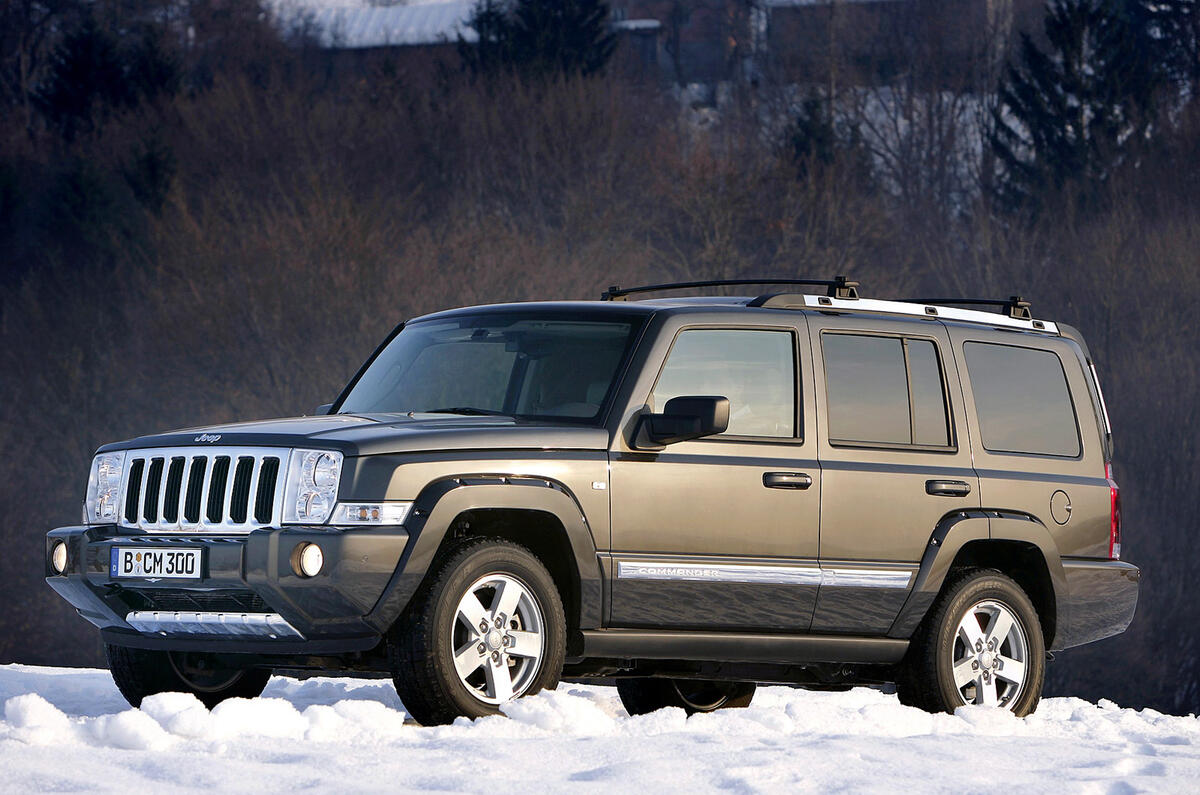
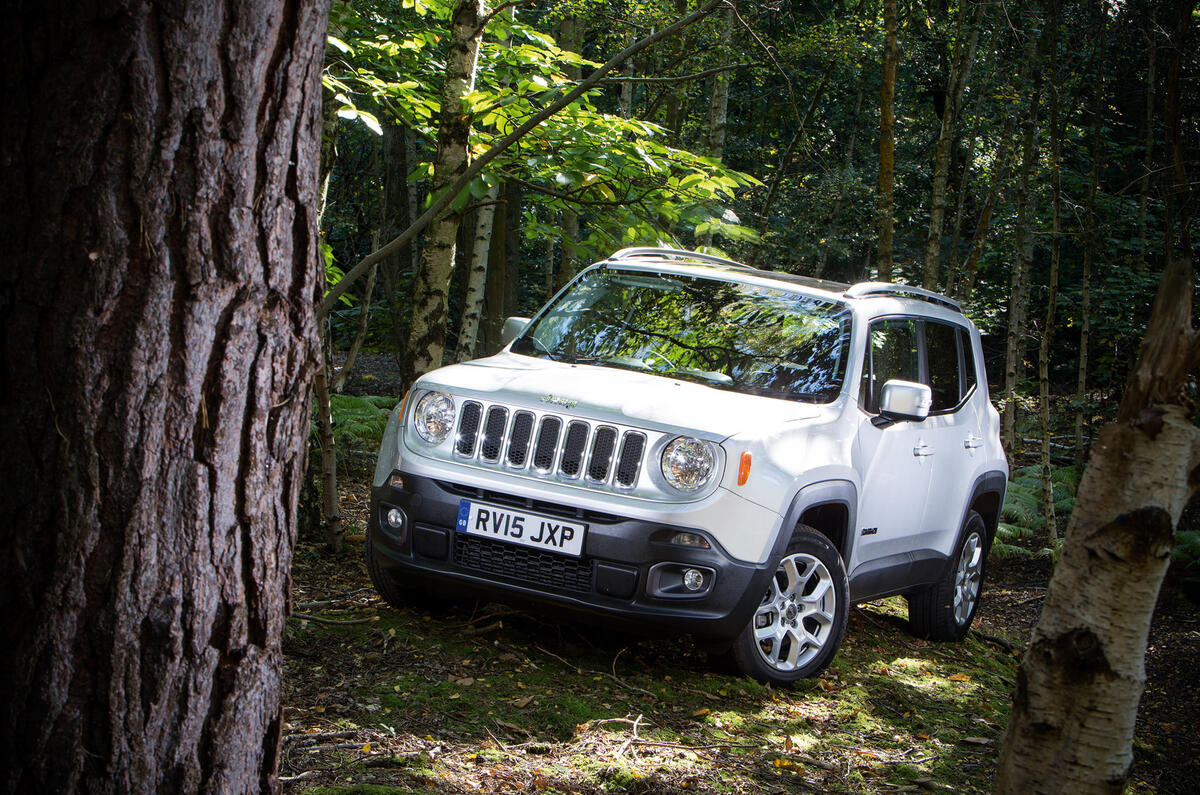

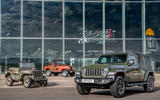
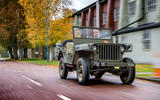
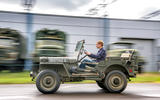
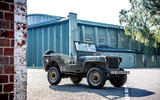
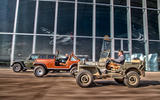
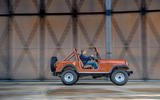
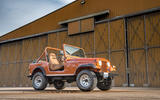
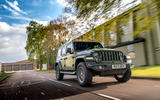

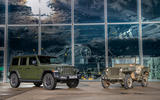
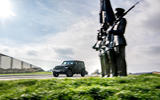

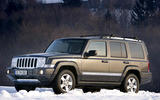
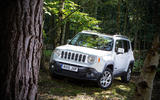


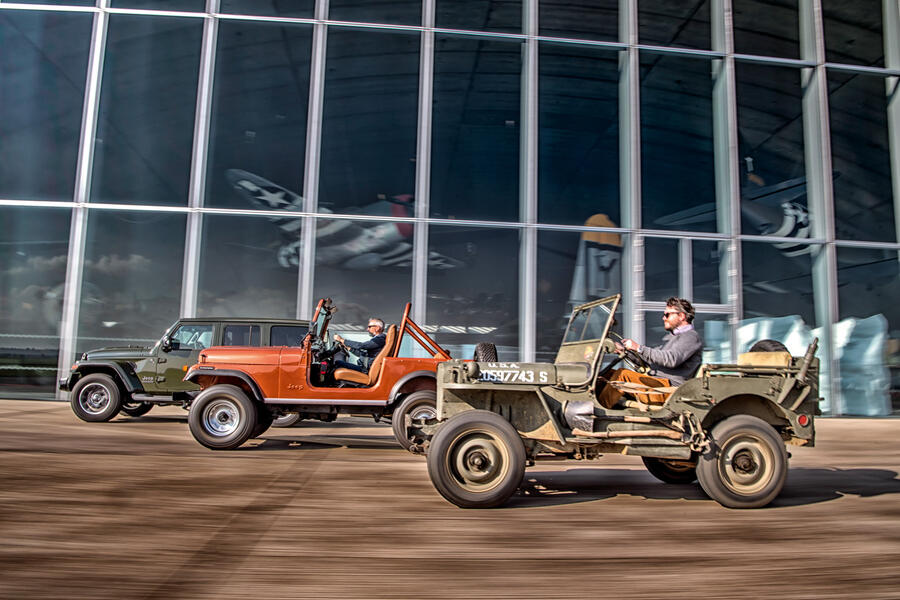

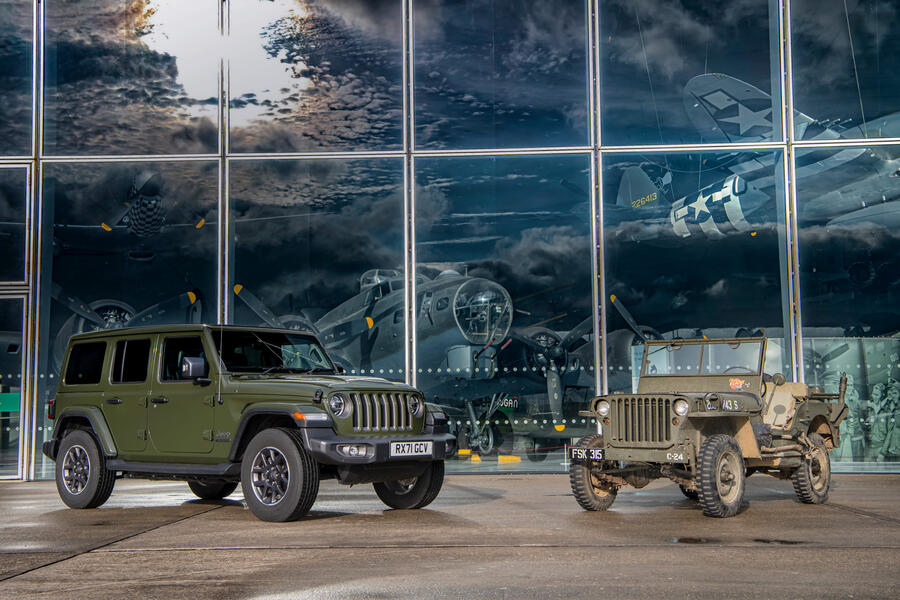

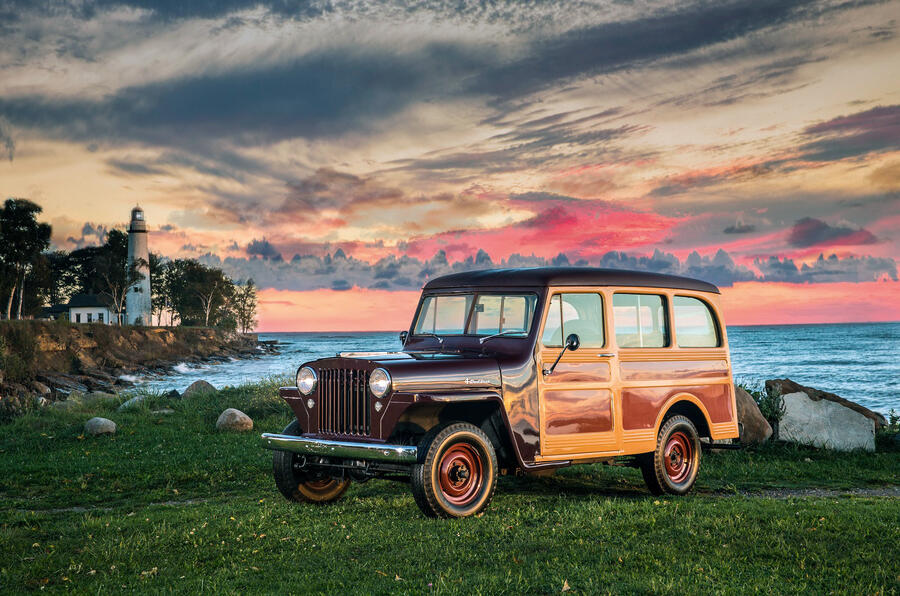
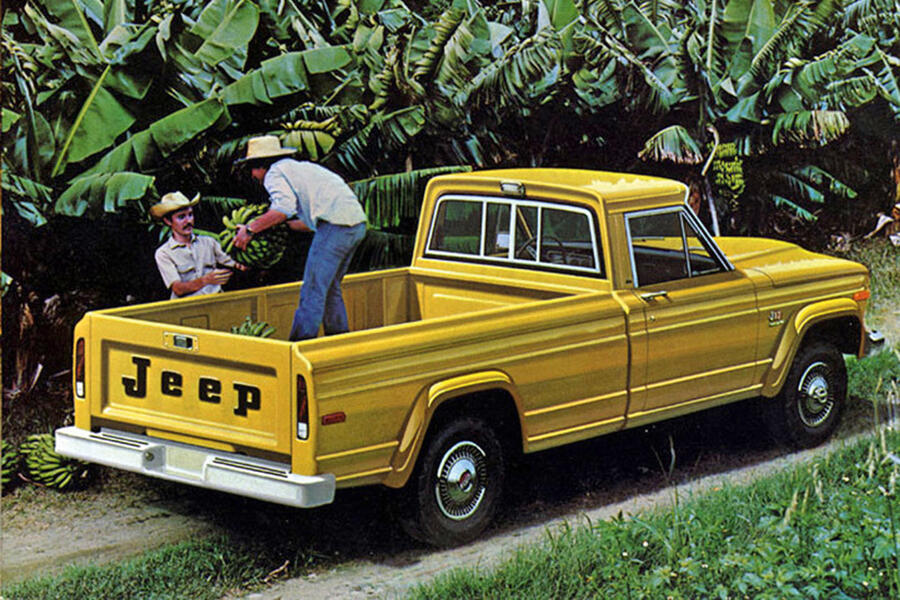
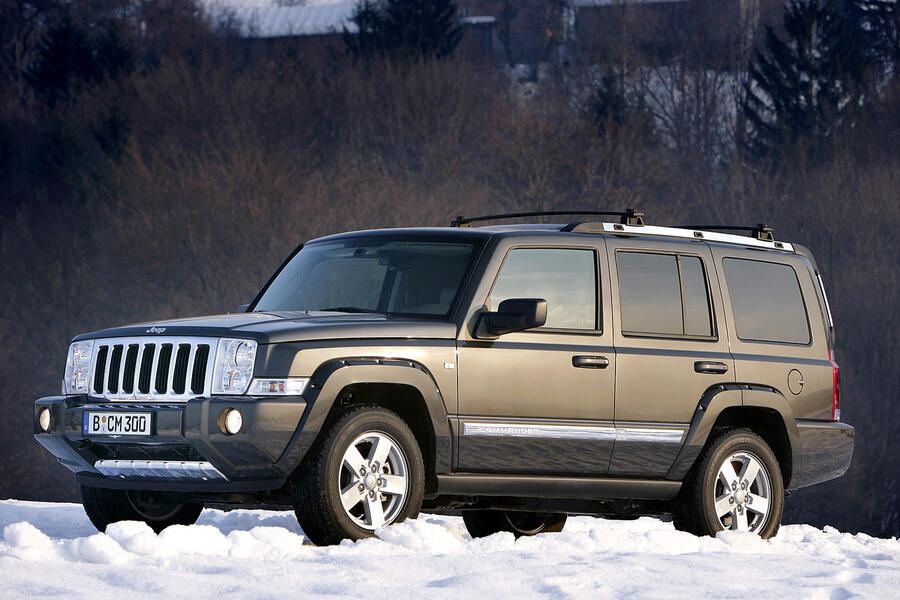






Join the debate
Add your comment
As the owner of a brand new renegade, bought after reading countless road tests and reviews, how the author can say the renegade offers little 'go anywhere' ability with any credibility I do not know.A renegade 4x4 will literally go anywhere other off readers will, and outperform anything in its 'SUV' class, acknowledged by tests that autocar have written themselves. Weird!
How after 80 years and multiple mergers a reliable Jeep has not yet emerged from the gates of the plant (or planet).
well I own a reliable, new, impressive and rewarding Jeep, so I guess it has emerged
And i guess you still think French cars are unrelaible, and German ones arent as well? I cant tell you if all Jeeps are well made of not, but the Wrangler i bought 8 years ago is still going well, without any failures to date.